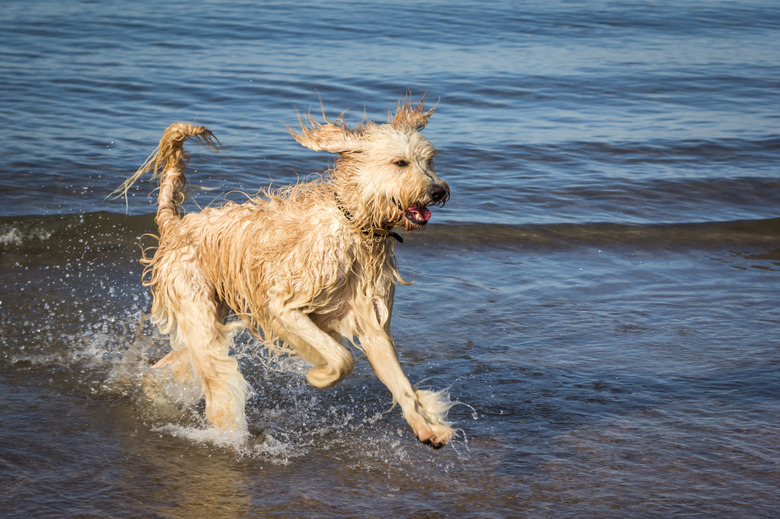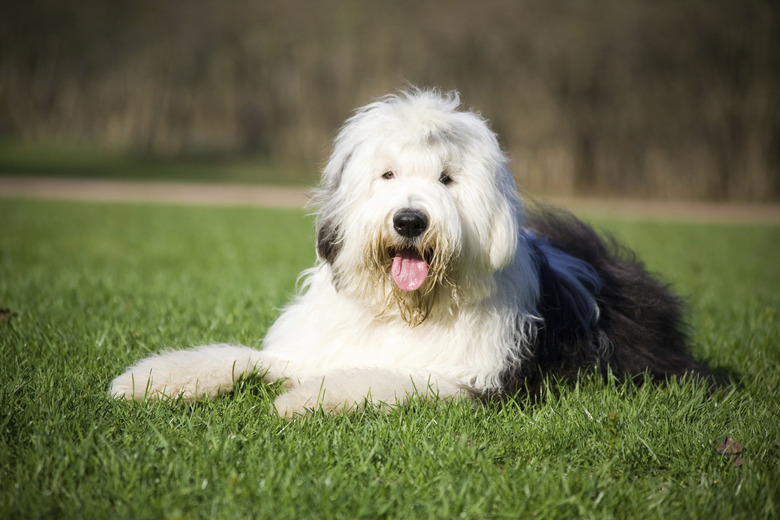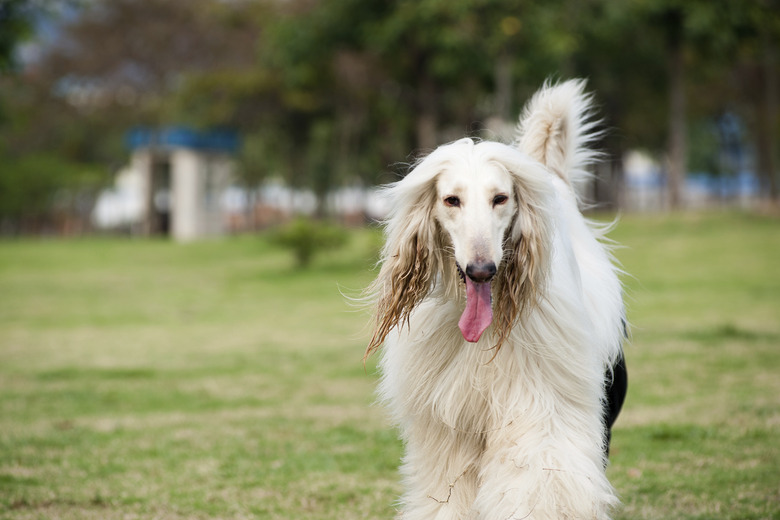Shaggy Dog Breeds: Different Breeds Of Shaggy Dogs From All The Dog Classification Groups
If short hair just won't do, you have plenty of different shaggy dog breeds from which to choose. Thick-coated canines appear in each of the American Kennel Club's seven different classification groups. If you want a non-shedding shaggy dog, an unclipped poodle or poodle mix should fill the bill.
Toy breeds: the cutest shaggy dogs
Toy breeds: the cutest shaggy dogs
If you want to share your life with a little shaggy dog, consider the Yorkshire terrier. He's tiny, with true terrier spirit. The same holds true for the silky terrier, who strongly resembles the Yorkie. There's also the affenpinscher, affectionately known as the monkey-face dog.
The adorable Havanese fits the shaggy dog criteria too, as does the bearded wiry-coated Brussels griffon. Fun fact: The rough-coated Brussels griffon is descended from the German affenpinscher and Belgian street dog.
Shaggy working dogs: at your service
Shaggy working dogs: at your service
The working group isn't strong in the shaggy dogs department, but there are exceptions. These include the large black Russian terrier and the high-energy giant schnauzer, both dogs who require jobs to keep out of mischief. The smaller standard schnauzer, affectionate with family members and good with children, is also on the list.
The komondor, perhaps the shaggy dog par excellence, looks like a larger version of the sheep he was bred to protect, only with dreadlocks. He requires frequent grooming and, understandably, has a very watchful protective nature.
Herding group: king of shaggy dogs
Herding group: king of shaggy dogs
Many herding dogs are shaggy critters. In this group, you can choose from types of collies, including the bearded collie, or the bergamasco sheepdog — whose breed standard includes matted hair. Other shaggy herding dogs include The bouvier des Flandres, the briard, the puli (another dog with cords), and the Polish lowland sheepdog.
Then there's the old English sheepdog, a poster pup for the shaggy dog. Fun fact: the old English sheepdog is believed to have a bobtail thanks to tail docking — a practice identifying them as working dogs centuries ago and exempting sheep farmers from paying livestock on them.
Sporting group: medium dog breeds
Sporting group: medium dog breeds
Few sporting group canines fit the shaggy mold. The easygoing spinone italiano does, as does the outgoing wirehaired pointing griffon. You can make a case for the brown boykins spaniel, as well as the field and American water spaniels.
Shaggy terriers: popular and recognizable
Shaggy terriers: popular and recognizable
An alternative name for the terrier group could be "the shaggy group," since so many members fit the profile. Small shaggy terriers include the Australian, the Scottish, the border, the cairn, the little-known cesky, the Glen of Imaal, the Norfolk, the Norwich, the wire fox, the West Highland white, the lakeland, the Welsh, sealyham, and skye. Medium to large shaggy terriers include the airedale, the Irish, and the kerry blue.
Nonsporting group: personable shaggy dogs
Nonsporting group: personable shaggy dogs
Nonsporting shaggy dogs include the brave, small lowchen and the Tibetan terrier, the latter described as "a little person in a dog suit." The beautiful, gray, mid-size keeshond may be more hairy than shaggy, but perhaps shagginess is a quality in the eye of the beholder. This breed gets along well with people, dogs and cats, and makes a good watchdog.
Hound group: majestic shaggy dogs
Hound group: majestic shaggy dogs
The hound group is a fairly shorthaired bunch, but you do have a few shaggy choices. These include the afghan, whose long coat requires extensive grooming, and the large, good-natured otterhound. As the name suggests, the otterhound was originally bred to hunt otter and has webbed feet.
Somewhat smaller is the petit basset griffon vendeen, whose natural coat is quite harsh, but their personality isn't—petit basset griffon vendeen are nicked named 'the happy breed' and where originally bred to hunt game by scent.


